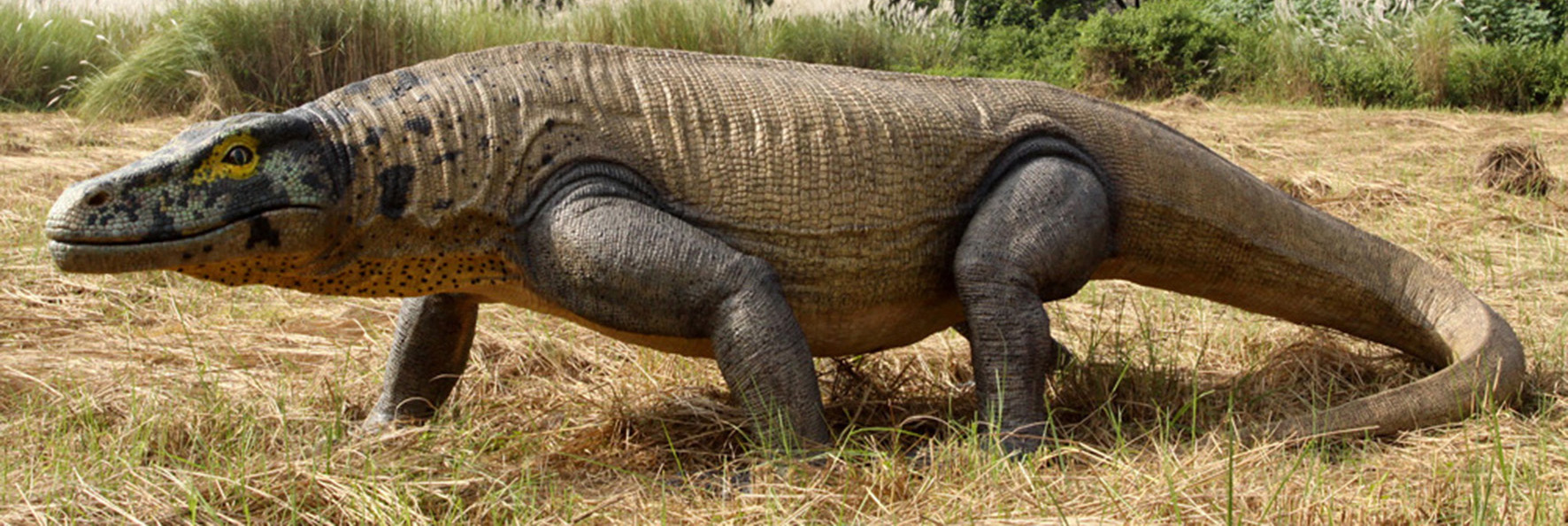Tielis
While most people celebrate the end of the long winters, the people in the hot and dry Eni Belul region dread the summers. Not only are the temperatures hard to bear, but the coming of the summer heat also means the coming of tielises.
The name tielis means "large lizard" but that only scratches the surface. Every spring, the tielises emerge from hibernation ravenously hungry and roam the countryside looking for food. They will eat anything that can get their jaws around, and especially like to eat goats. Shepherds put extra care into trying to protect their flocks from the lizards every summer.
Goats aren't the only animal at risk. Children are strongly cautioned about playing away from the village during spring and summer, because a tielis will happily eat a child as readily as a goat or a moa. They're even a risk to an adult travelling alone, though they can be warded off if a large enough person makes a lot of noise and holds out their arms. Everyone carries some sort of weapon while travelling long-distance in the warmer months just in case, because tielises don't like prey that puts up a fight. They key is to never run, because they are capable of sprinting at 25 mph in short bursts.
Their bite is venomous, with a mild hemotoxin that causes swelling, pain, and prolonged bleeding.
Basic Information
Anatomy
The tielis has a long, bulky body with strong muscles. Almost half of its length is its tail, which drags on the ground at rest but is held out when running and sways to help with steering.
It has 4 stout limbs, each tipped with 4 clawed toes. Its teeth are serrated, and frequently break off in its prey to regrow later.
Additional Information
Geographic Origin and Distribution
Throughout the dry and hot areas of south-west Kaabara
Lifespan
30 - 40 years
Average Height
15 - 20 feet long, 2 feet at the shoulder
Average Weight
1,340 lbs
Body Tint, Colouring and Marking
Mottled green to light brown, speckled colouring around the face


